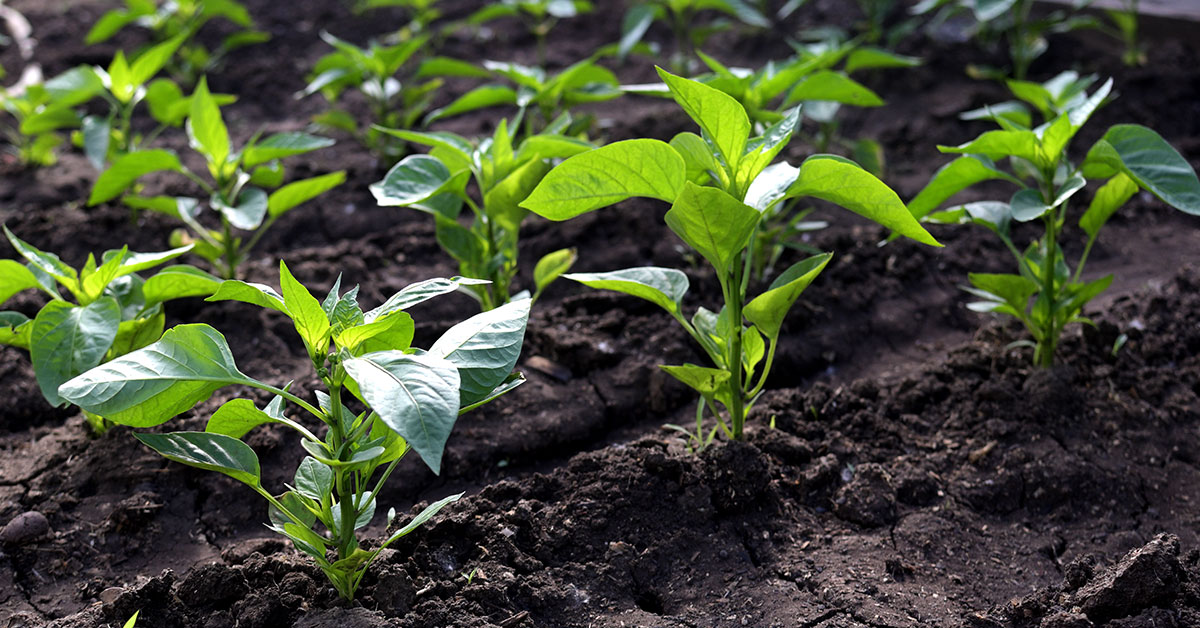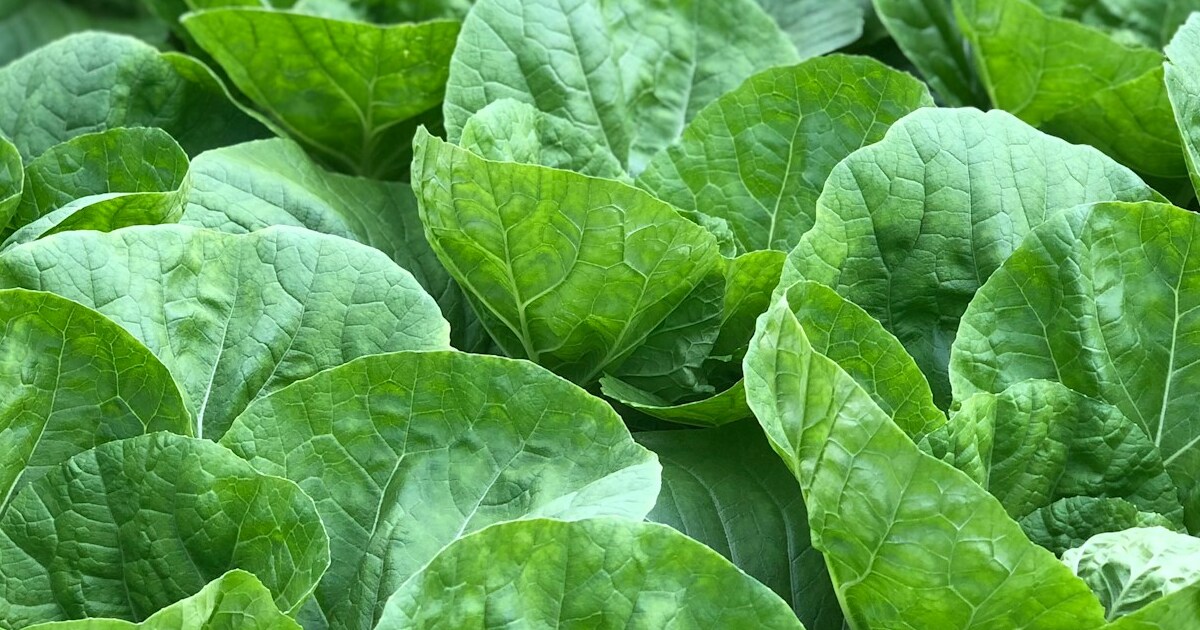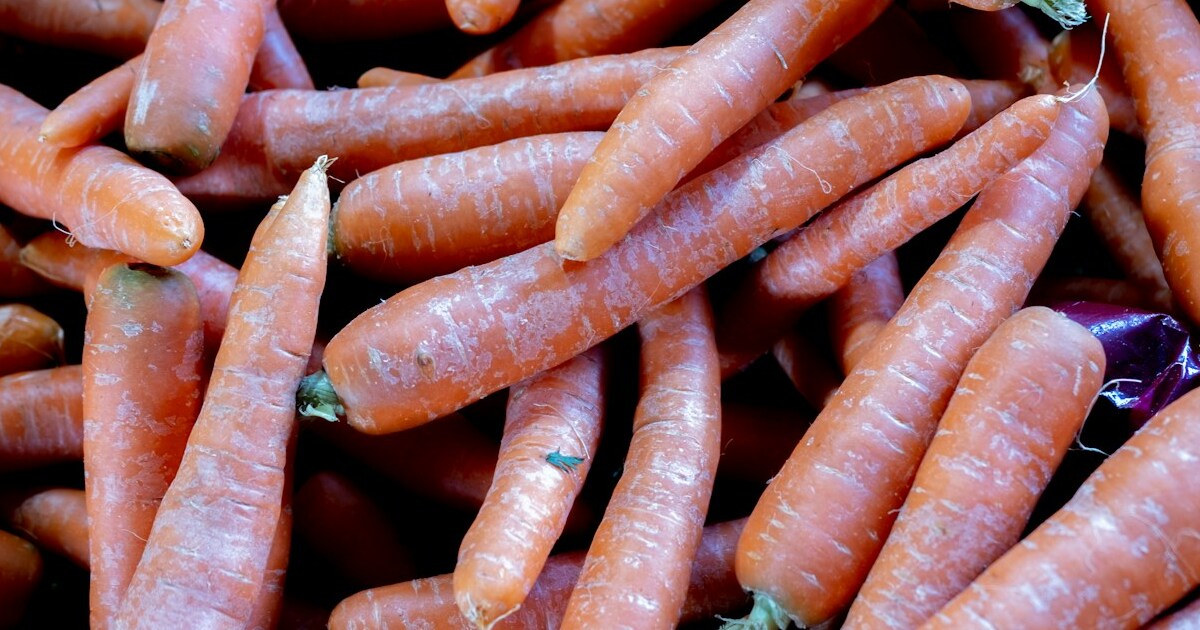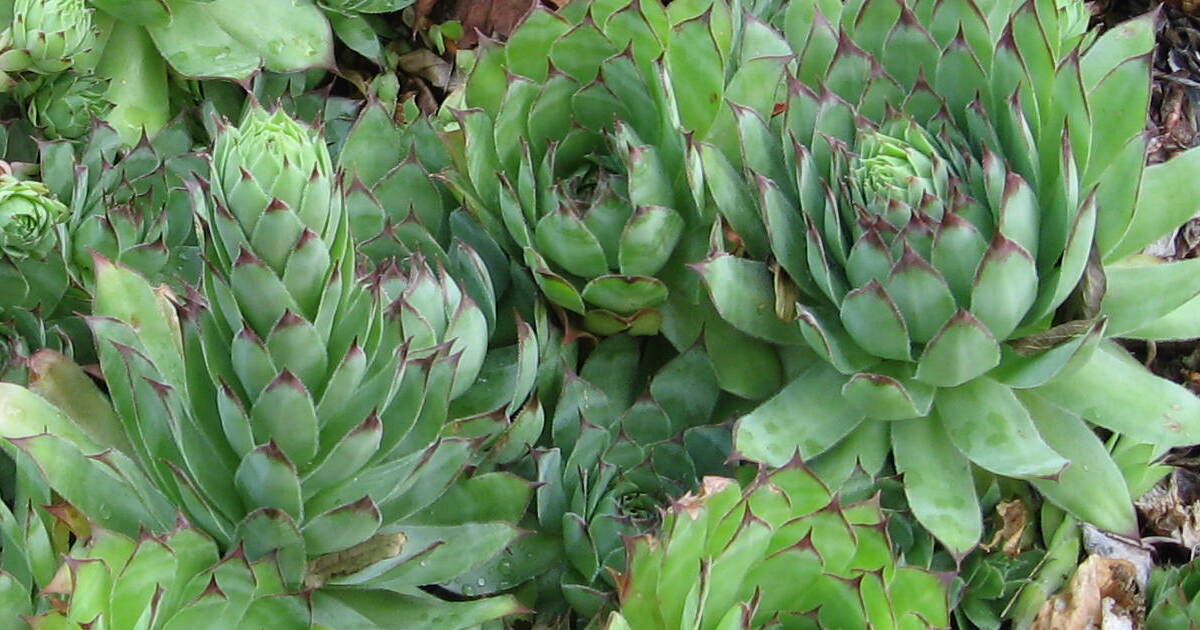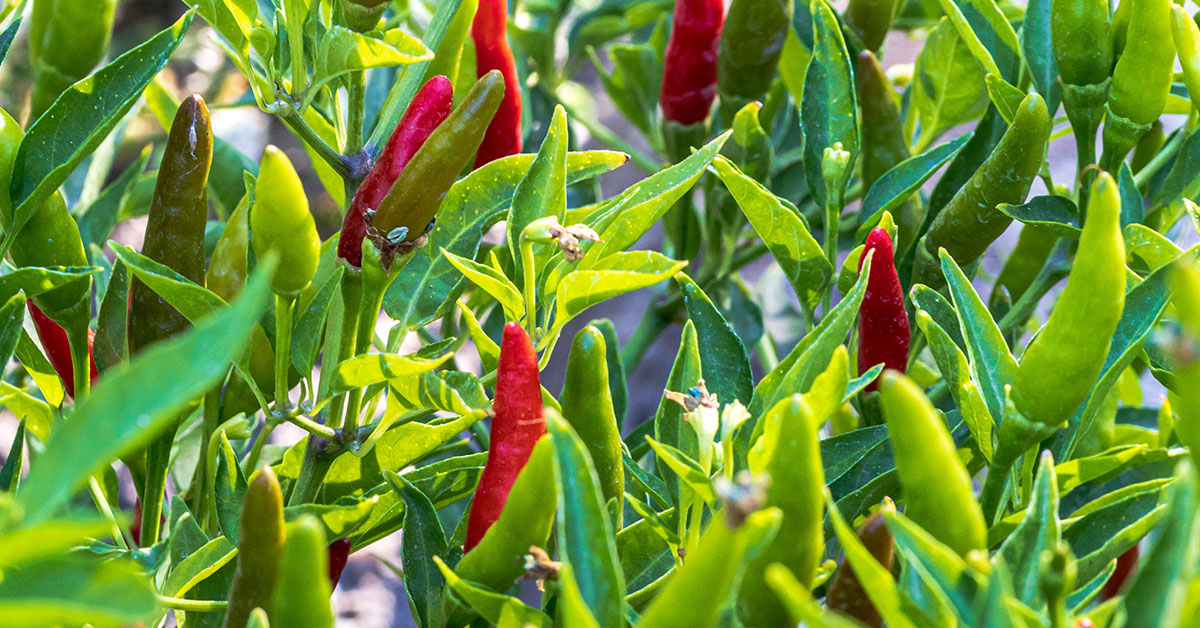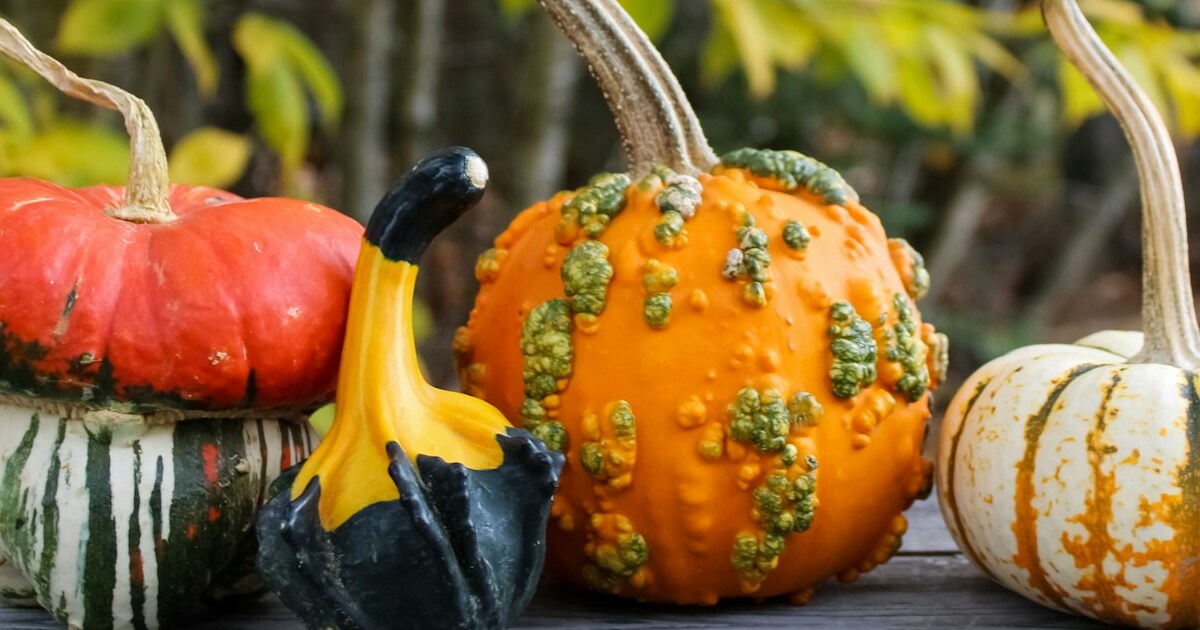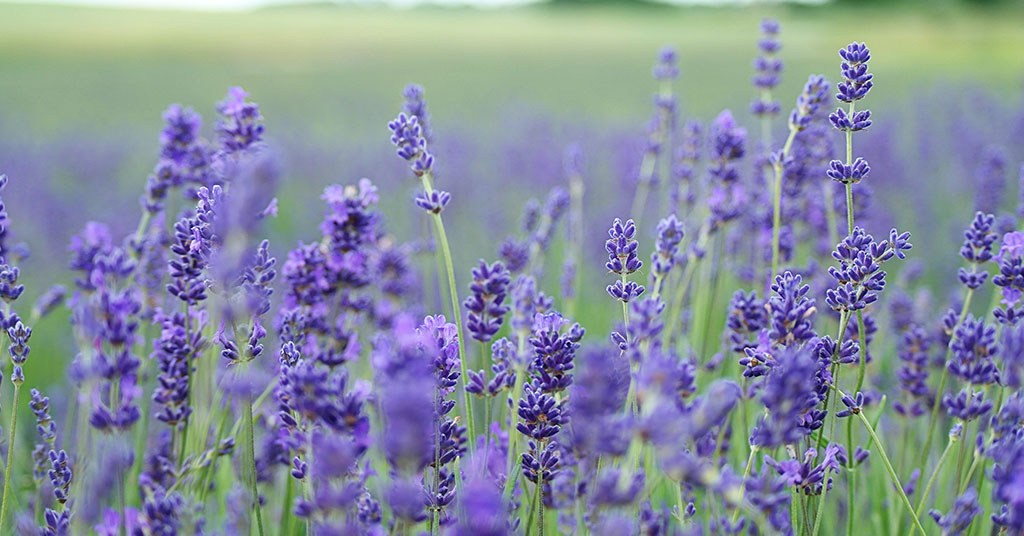Are you a pepper enthusiast looking to grow your own delicious and vibrant peppers in the United Kingdom? Look no further! As an experienced gardener, I am here to guide you through the best time to plant peppers in the UK.
Peppers are a versatile and popular vegetable, known for their vibrant colors and distinct flavors. Whether you prefer the mild sweetness of bell peppers or the fiery kick of chili peppers, successfully growing peppers requires careful timing and consideration of the UK’s unique climate.
In this article, we will delve into the optimal planting times, ideal growing conditions, and essential tips to ensure a bountiful harvest of peppers that will add a tantalizing touch to your home-cooked meals. So, grab your gardening tools and let’s dive into the fascinating world of pepper cultivation in the UK!
Best pepper varieties to grow in the UK
There are several good varieties of peppers that grow well in the UK. Here are a few popular choices:
- ‘Sweet Chocolate’ Pepper: This variety produces sweet, blocky fruits that start off green and mature to a rich chocolate brown color. It has a mild flavor, making it great for salads, stuffing, or roasting.
- ‘Jalapeno’ Pepper: A classic pepper variety known for its medium heat, the Jalapeno is a versatile option that can be used in salsas, pickling, and cooking. It produces small, green fruits that turn red when fully mature.
- ‘Lipstick’ Pepper: This variety produces elongated, tapered fruits that are sweet and mild. They start off green and gradually mature to a vibrant red color. ‘Lipstick’ peppers are excellent for grilling, stuffing, or eating fresh.
- ‘Padron’ Pepper: Originating from Spain, ‘Padron’ peppers are small, wrinkled fruits that are typically harvested when green. They have a mild to medium heat level and are often pan-fried and sprinkled with salt for a delicious appetizer.
- ‘Hungarian Hot Wax’ Pepper: A hot pepper variety, ‘Hungarian Hot Wax’ produces elongated fruits that start off pale yellow and eventually turn red when fully ripe. They have a medium heat level and are great for pickling, adding to salsas, or using in spicy dishes.
Remember that peppers require a warm and sunny growing environment, so it’s important to start them indoors or in a greenhouse before transplanting them outside once the weather warms up.
When to plant Peppers in the UK
In the United Kingdom, the state’s hardiness zones are not as commonly used as they are in the United States. Instead, the UK uses a system called the Royal Horticultural Society (RHS) hardiness rating. This rating system is based on the average minimum winter temperature in a particular region.
The UK can be divided into several hardiness zones, ranging from H1 to H7. H1 represents the mildest regions, such as coastal areas of Cornwall and western Scotland, while H7 represents the coldest regions, like the Scottish Highlands.
When it comes to planting peppers in the UK, it is essential to consider both the hardiness rating of your region and the specific requirements of pepper plants. Peppers are warm-season crops that thrive in temperatures between 18-32°C (64-90°F). They prefer a long growing season with plenty of sunlight.
For most regions in the UK, it is recommended to start pepper seeds indoors in late winter or early spring, around February to April. This allows the plants to establish before the last frost date, which can vary depending on your location. Once the danger of frost has passed and the soil has warmed up, usually around mid-May to early June, you can transplant the pepper seedlings into the garden or container.
In colder regions, such as Scotland or parts of Northern England, it may be necessary to start peppers earlier and provide them with additional protection, such as using cloches or growing them in a greenhouse. This ensures that the plants have enough time to mature and produce a good crop before the colder weather arrives in autumn.
It is worth noting that peppers can also be grown successfully in containers, which allows for more flexibility in terms of positioning and protection. If you choose to grow peppers in containers, ensure they are placed in a sunny spot, provide regular watering, and use a well-draining potting mix.
In summary, the best time to plant peppers in the UK is in late winter or early spring, starting seeds indoors around February to April. Transplant the seedlings outdoors once the danger of frost has passed and the soil has warmed up, usually around mid-May to early June. Adjustments may be necessary in colder regions to ensure a longer growing season and protect the plants from frost.
When to harvest Peppers in the UK
The optimal time to harvest peppers in the UK is typically during late summer and early autumn, usually from August to October. However, the exact timing can vary depending on the specific variety of pepper you are growing and the weather conditions in your area. It’s important to monitor your pepper plants closely and harvest the peppers when they have reached their desired size and color. Generally, peppers are ready to be harvested when they have fully ripened and turned their mature color, whether it’s green, red, yellow, or any other color specific to the variety you are growing.
Other considerations
When growing peppers in the UK, there are a few additional considerations to keep in mind:
- Climate: Peppers thrive in warm climates, so it’s important to choose the right variety that can tolerate cooler temperatures. Look for varieties specifically bred for cooler climates or consider growing them in a greenhouse or polytunnel to provide additional warmth.
- Sunlight: Peppers require at least 6-8 hours of direct sunlight each day. Choose a sunny spot in your garden or ensure that your greenhouse or polytunnel receives adequate sunlight.
- Soil: Peppers prefer well-draining soil that is rich in organic matter. Before planting, amend the soil with compost or well-rotted manure to improve its fertility and drainage.
- Watering: Peppers require consistent moisture, especially during dry periods. Water regularly, aiming to keep the soil evenly moist, but avoid overwatering as peppers are susceptible to root rot. Mulching around the base of the plants can help retain moisture and reduce weed competition.
- Fertilization: Peppers are heavy feeders and benefit from regular fertilization. Use a balanced organic fertilizer or incorporate slow-release granules into the soil at planting time. Additionally, side-dress the plants with compost or a nitrogen-rich fertilizer once or twice during the growing season.
- Pruning and support: Pepper plants can become top-heavy as they grow, so providing support, such as stakes or cages, is recommended. Pinch off the top of the main stem when the plant is around 12-18 inches tall to encourage bushier growth. Additionally, remove any suckers or side shoots that develop in the leaf axils to focus the plant’s energy on fruit production.
- Pest and disease control: Keep an eye out for common pests such as aphids, whiteflies, and slugs. Regularly inspect the plants for any signs of infestation and take appropriate measures, such as handpicking pests or using organic insecticides. Diseases like pepper mildew, blossom end rot, and various fungal infections can also be a concern. Ensure good air circulation around the plants, avoid overhead watering, and consider using organic fungicides if necessary.
- Harvesting: Harvest peppers when they have reached their desired size and color. Most peppers can be picked when they are green, but they will continue to ripen and change color if left on the plant. Use a sharp knife or scissors to cut the peppers off the plant to avoid damaging the stems.
By considering these factors, you can increase your chances of successfully growing peppers in the UK climate.


